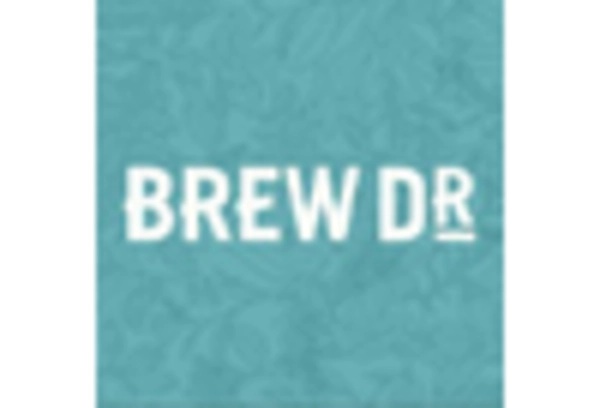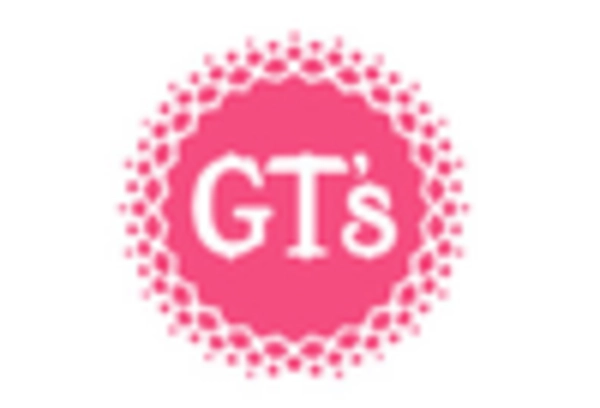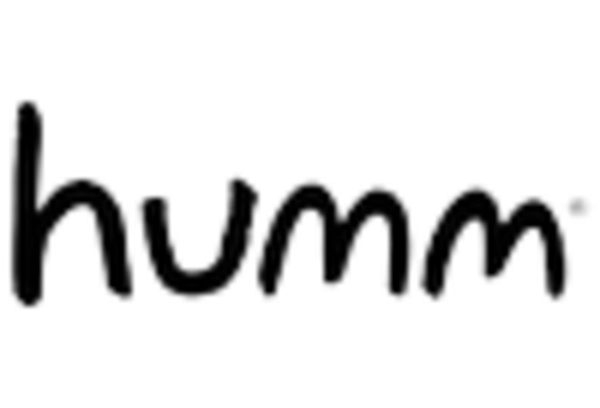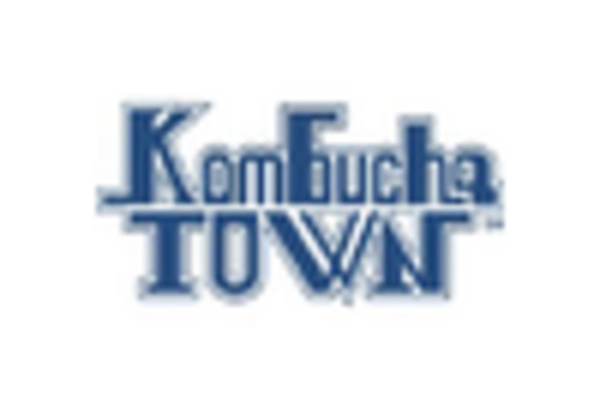Market Analysis
In-depth Analysis of US Kombucha Market Industry Landscape
The market dynamics of the US Kombucha market reflect a complex interplay of various factors that shape its growth, trends, and competition. Kombucha, a fermented tea beverage known for its purported health benefits, has experienced significant popularity and growth in recent years. One of the key drivers of this market is the increasing consumer demand for healthier beverage options, driven by a growing awareness of the importance of nutrition and wellness. As consumers become more health-conscious, they are seeking alternatives to sugary sodas and artificially flavored drinks, turning to beverages like kombucha that offer probiotic benefits and natural ingredients.
Furthermore, the rise of wellness trends and the increasing popularity of organic and natural products have fueled the demand for kombucha. Consumers are drawn to its perceived health benefits, including improved digestion, boosted immunity, and detoxification properties. This has led to a surge in the availability of kombucha products in various flavors and formulations, catering to diverse consumer preferences. As a result, the US kombucha market has become increasingly competitive, with both established brands and new entrants vying for market share.
Another important factor driving market dynamics is the influence of distribution channels. While kombucha was initially popularized through health food stores and specialty retailers, it has now penetrated mainstream channels such as supermarkets, convenience stores, and online platforms. This expanded distribution network has significantly increased the accessibility of kombucha to consumers across the country, contributing to its widespread adoption and market growth.
Moreover, the regulatory landscape plays a crucial role in shaping the dynamics of the US kombucha market. Given its fermentation process, kombucha falls under the regulatory purview of both the Food and Drug Administration (FDA) and the Alcohol and Tobacco Tax and Trade Bureau (TTB). Compliance with regulatory requirements, including labeling, health claims, and alcohol content, is essential for market players to ensure consumer safety and maintain trust in the product category.
In addition to these drivers, market dynamics are also influenced by factors such as pricing strategies, marketing efforts, and consumer demographics. While kombucha is generally positioned as a premium product due to its perceived health benefits and production costs, pricing strategies vary among brands to target different consumer segments. Similarly, marketing plays a crucial role in educating consumers about the benefits of kombucha and creating brand differentiation in a crowded market landscape.
Furthermore, consumer demographics play a significant role in shaping market dynamics, with younger consumers and health-conscious individuals driving demand for kombucha. Millennials and Generation Z, in particular, are key demographics for kombucha brands, as they prioritize health and wellness and are more open to trying new and innovative products. As these demographic groups continue to exert their influence on consumer trends, the demand for kombucha is likely to remain robust in the years to come.

















Leave a Comment